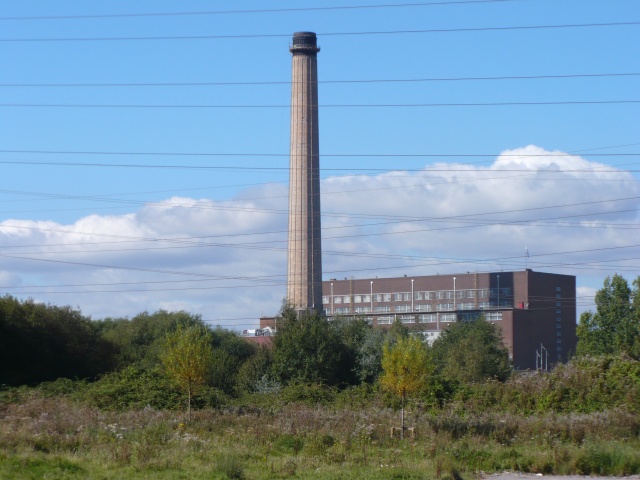On the banks of the River Usk in Newport, Wales, the imposing silhouettes of the Uskmouth Power Stations have long been a symbol of both industrial progress and transition. Their story is deeply intertwined with Newport’s growth and the changing landscape of energy production in the UK.
The Early Days: Uskmouth A
The first of the power plants, Uskmouth A, was commissioned in 1959. Built by the Central Electricity Generating Board (CEGB), Uskmouth A was designed to meet the rising demand for electricity in South Wales during a time of post-war industrial expansion. The station consisted of three generating units, burning coal to produce electricity that powered homes, factories, and infrastructure across the region.
Uskmouth A was notable for its modern design and for being one of the first stations in the UK to use seawater for cooling, drawing from the nearby River Usk. It quickly became a cornerstone of Newport’s industrial economy, providing hundreds of skilled jobs and supporting local communities.
Expansion and Modernisation: Uskmouth B
As the appetite for electricity continued to grow, a second station, Uskmouth B, was constructed adjacent to the original and commissioned in 1963. Larger, more efficient, and equipped with newer technology, Uskmouth B further cemented the area’s reputation as an energy hub. With a capacity of 363 megawatts, it played a vital role in meeting the region’s power needs throughout the latter half of the 20th century.
Both stations were among the last in the UK to use pulverised coal-fired boilers, reflecting the era’s reliance on coal as a primary energy source.
Decline, Closure, and Adaptation
The decline of coal as the backbone of British energy began in the late 20th century, driven by changes in environmental standards, economic pressures, and a national shift towards cleaner energy sources. Uskmouth A was decommissioned in 1981 and eventually demolished.
Uskmouth B, however, continued to operate, transitioning ownership through various private companies following energy sector privatisation in the 1990s. In subsequent years, the station underwent several upgrades and even saw a temporary conversion to burn biomass alongside coal in efforts to reduce emissions.
Towards a Greener Future
In recent years, plans have emerged to transform Uskmouth B into one of the world’s first power stations converted to run on waste-derived fuel. This innovative project aims to repurpose the plant to burn a blend of non-recyclable waste pellets, dramatically lowering its carbon footprint and extending its operational life. The redevelopment reflects a broader national and global push towards sustainable, circular energy solutions.
Legacy and Local Impact
The Uskmouth Power Stations have played an instrumental role in Newport’s industrial story, powering generations of progress and providing livelihoods for the community. Today, the evolving site stands as a symbol of transition—from the coal-fired optimism of the postwar years to the challenges and opportunities of renewable energy in the 21st century.
While the physical presence of Uskmouth’s iconic towers may change, their legacy in Welsh industrial history is assured—reminding us of both the power and the responsibility that come with fuelling modern life.
Discover more from TheHubBuzz.com
Subscribe to get the latest posts sent to your email.

